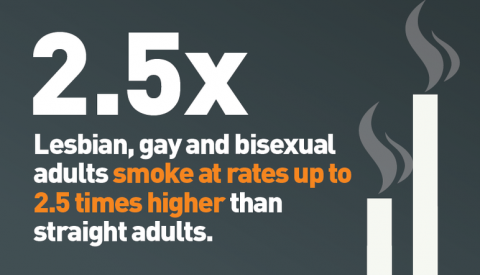Tobacco Industry targets LGBT Communities

Tobacco is not an equal opportunity killer.
Tobacco use disproportionately affects many populations — including people in low-income communities, racial and ethnic minorities, LGBTQ individuals, women, youth, members of the military and those with mental health conditions — who have a long and documented history of being targeted by the tobacco industry.
For example, LGBT adults smoke at rates up to 2.5 times higher than straight adults, due in part to targeted marketing by Big Tobacco. For years the tobacco industry has made efforts to appeal to LGBT consumers through things like targeted advertisements in LGBT press, cigarette giveaways and free tobacco industry merchandise.

As the LGBT community gained more social and political acceptance, especially in the 1990s, marketers took notice. Industry documents show that tobacco companies were aware of high smoking rates among sexual minorities, and marketing plans show their efforts to take advantage of the emerging LGBT market.
For example, one tobacco industry document in 1997 stated: “A large percentage of Gays and Lesbians are smokers. In order to increase brand share and brand awareness … it is imperative to identify new markets with growth potential.” Using corporate philanthropy as evidence of its support of the LGBT community, Philip Morris quickly gained access to the market, leading the way for other tobacco companies to follow suit.
Tobacco companies also began to advertise in gay press publications in the early 1990s, often depicting tobacco use as a normal part of LGBT life. Many ads for products other than cigarettes glamorized smoking, and many articles having nothing to do with smoking were shown with tobacco images.
In 1995, the tobacco company, R.J. Reynolds, created a marketing strategy called “Project SCUM” (Sub-Culture Urban Marketing) to boost cigarette sales by targeting gay men and homeless individuals with advertisements and displays placed in communities and stores. On top of donations, giveaways and increased advertising, the tobacco industry made community outreach efforts, such as hosting local promotions like “LGBT bar nights” featuring specific cigarette brands.
Today, the LGBT community is among the hardest hit by tobacco.
For more information on the disproportionate effect tobacco has on certain populations, including racial minorities, low-income communities and those with mental illness, visit truthinitiative.org.
Content developed by truth initiative
